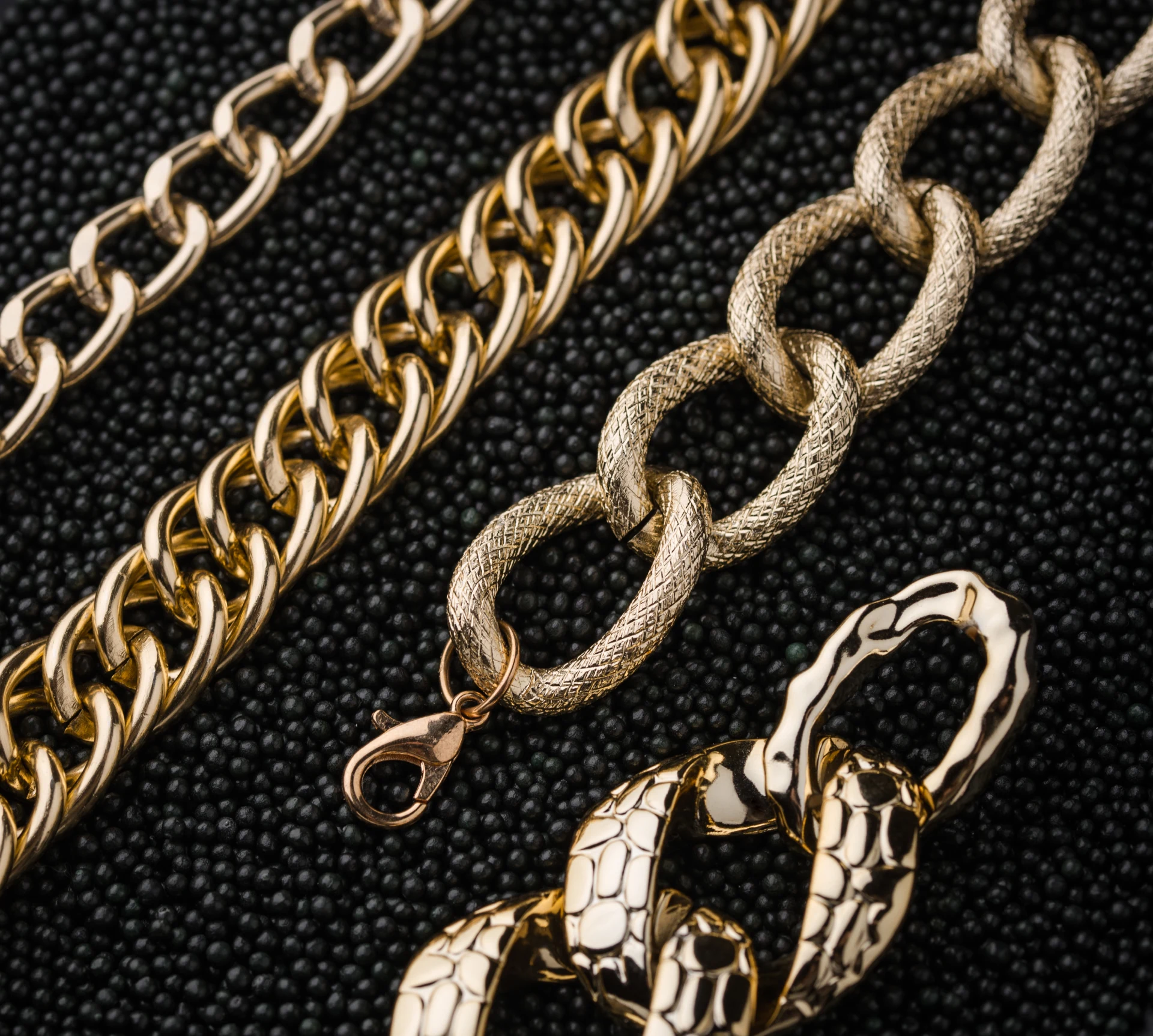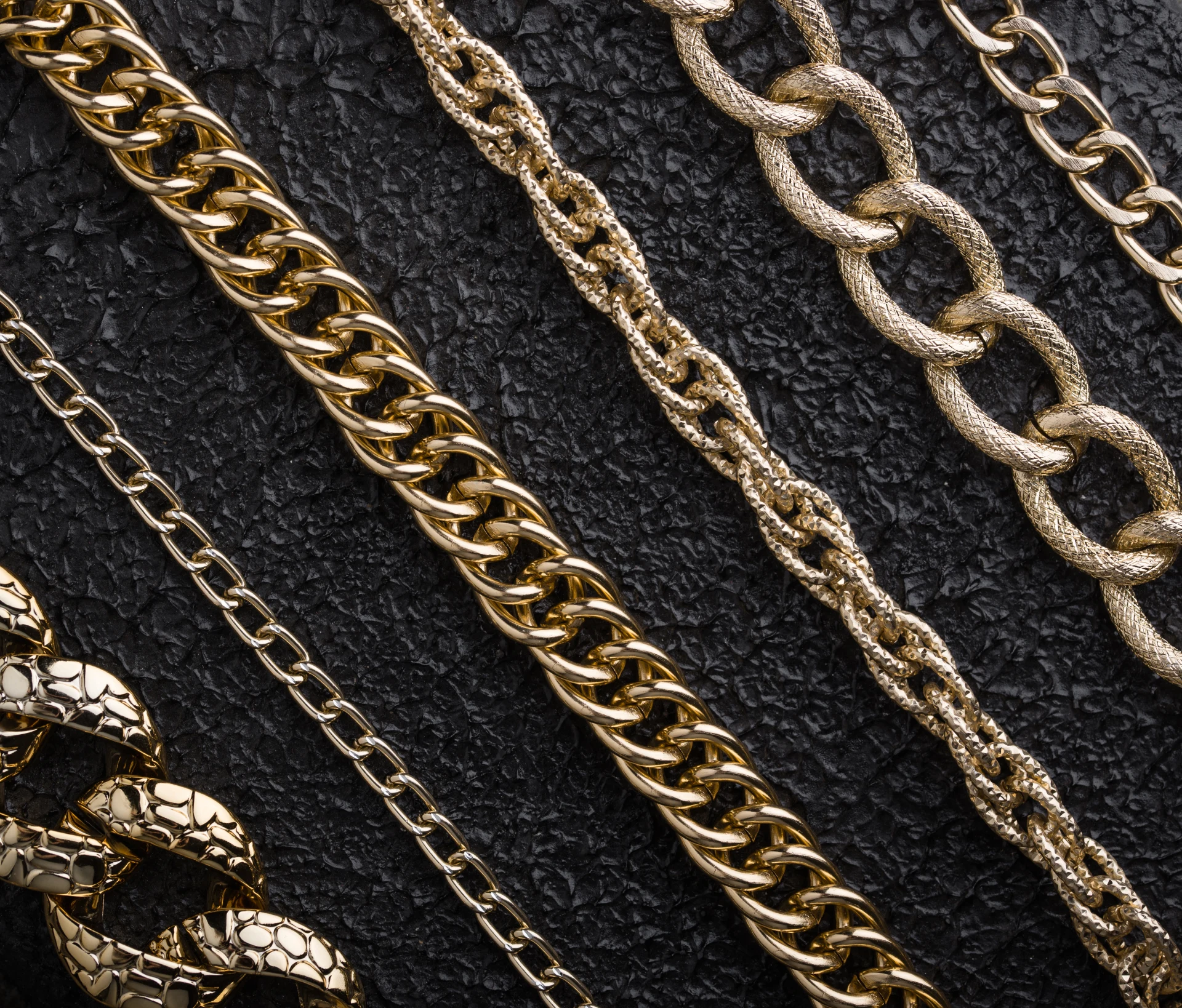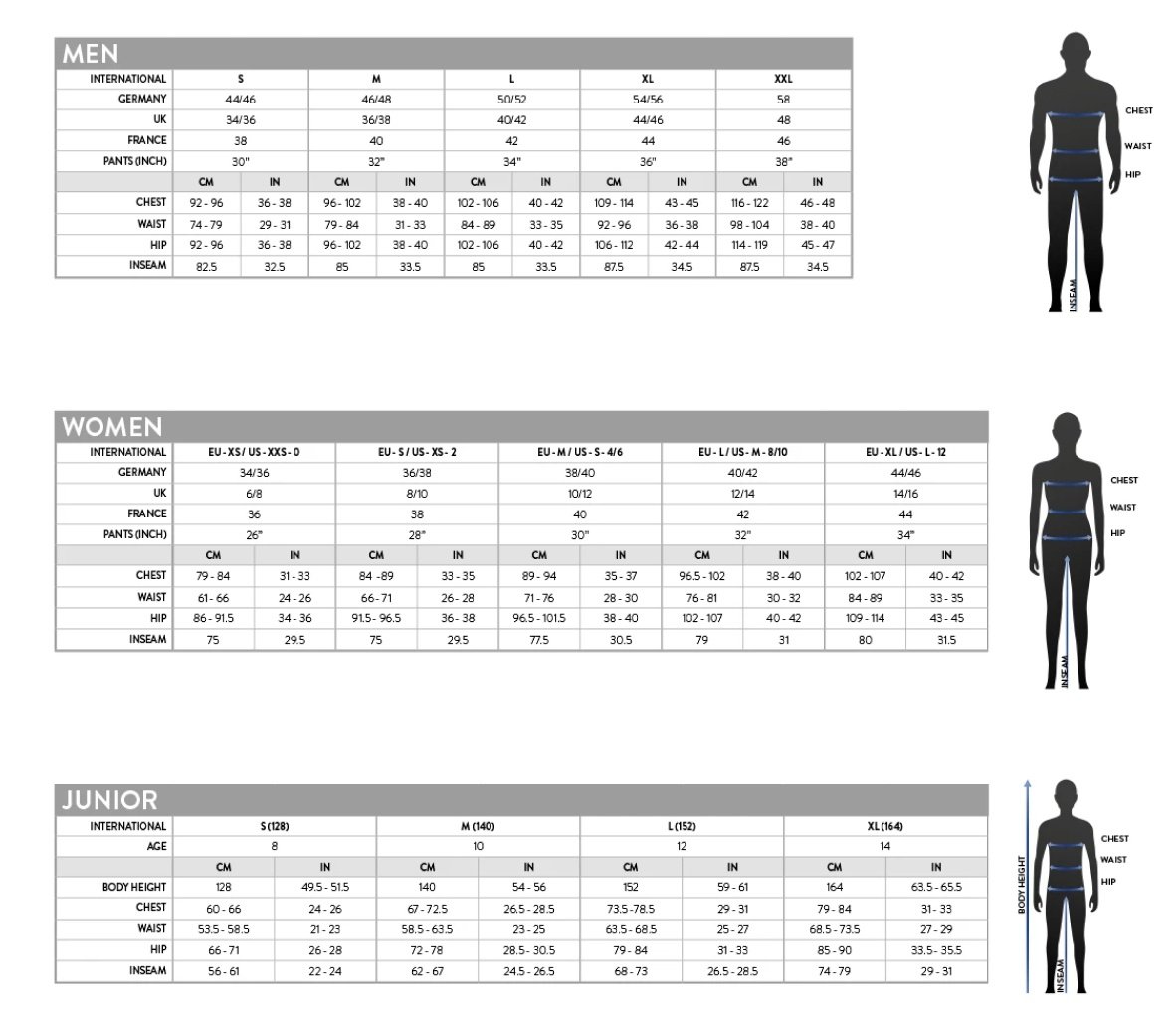Why Should I Buy A Diamond Solitaire Pendant?
There is no doubt about it, diamonds are in a league of their own when it comes to sparkle – no other gemstone can compete. And while the engagement ring is the most common diamond purchase, a diamond solitaire pendant is a gift that is perfect for any age – be it a graduation celebration, anniversary gift, or even as a gift to yourself! In fact, the simple styling of this type of necklace means that it really does suit all ages and occasions.
Quick Tips For Buying A Diamond Solitaire Pendant
What Should I Consider When Choosing My Diamond?
Positioned as it is around the neck, the diamond you choose will be seen in all its glory. So, this is one piece of jewelry where it is worth making sure that you get the best possible stone that your budget will allow. Cut, clarity, color and carat are all important, and you can learn more about what to look for in a diamond here.
Which Metal Is Most Appropriate for The Chain?
If you are buying the pendant as a gift, keep the recipient’s personal style in mind when choosing the chain. If it is for someone who appreciates contemporary styling, a white gold or even platinum chain is perfect. Paired with a diamond, this is a classic choice, and is the most popular when it comes to solitaire diamond pendants today. On the other hand, if this is to be worn by someone with a more vintage aesthetic, yellow gold offers a rich and traditional look.
Which Chain Length Should I Buy?
The standard pendant chain length is 16 inches, although longer chains are always available. This length usually leaves the pendant resting nicely on the collarbone. Another option is to choose a longer chain with jump rings. These chains have two rings, towards the end and set an inch or so apart, so that you can adjust the chain from, say, 20 inches to 18 inches, which can add an extra element of versatility to the pendant.
The Pendant Is Going To Be Worn Every Day, What Should I Consider?
If you’re planning on wearing the necklace every day, it is worth considering a less delicate and more robust chain that will stand up to the rigors of everyday life. Using a diamond setting such as a four prong or bezel setting will also ensure that the diamond stays securely in place.
What Setting Is Best For This Type Of Diamond Necklace?
This is something that should be carefully considered in relation to the style of the wearer. A bezel setting, where the diamond is set directly into the metal, is generally considered to be a more contemporary style. Whereas a prong setting, much like you might find on your typical solitaire diamond engagement ring, will give the necklace a more classic feel.
Should I Buy The Setting Only?
Like many pieces of diamond jewelry, a diamond pendant can be bought either ready-made, including the diamond and chain, or the setting only. Buying the setting alone allows you to set the diamond of your choice, such as an heirloom diamond or a new certified diamond you purchased separately. Many people opt for the ready-made option as it makes the purchasing decision easier. Others prefer the “a la cart” approach to get exactly what they want.
What Shape Diamond Should I Go For?
The most popular diamond shapes for pendants are Round and Princess cut, although other styles such as Pear shape can also be nice. The shape you go for will influence the setting style – our best advice is to consider a variety of options and see which you prefer. When in doubt, you just can’t go wrong with a well cut round brilliant.
Choosing the Shape of a Diamond Pendant
One of the first things you need to decide is what shape you want your pendant to be. This, of course, is up to your personal taste, but you should at least be aware of how your choice of shape impacts the other characteristics of the pendant. The shape of your pendant usually determines the cut of the center diamond mounted in it, and the choice of setting is greatly affected by the stone’s cut. In general, the setting should be appropriate for it and hold the diamond securely in place. For example, a triangular pendant that features a trillion-cut diamond would be ideally made with a V-prong or bezel setting that wraps the thin edges of the diamond with metal for better protection. Whatever your stone’s shape, don’t forget to make sure that the setting is suitable for it and protects the diamond’s vulnerable parts well.
How to Select a Metal for a Diamond Pendant
The choice of metal for your pendant is also up to your personal preferences, but you should remember that not all metals are created equal with respect to durability. For example, yellow gold is softer compared with white gold and is less durable than platinum. So, if you want a setting that does not wear out easily, either choose a pendant made of one of the more durable metals or, if you prefer yellow gold, go with a lower karat.
Choosing the Quality of Diamonds in a Pendant
What level of quality you will select for the diamond(s) in your pendant depends on your budget and preferences. The most important diamond characteristics are color, clarity, cut, and carat weight. In general, it is recommended that if you decide to choose clarity or color of a lower grade, you should opt for a higher-graded cut to compensate for the fall in quality. A better-cut stone will have more brilliance, which will mask to some extent the visible natural flaws or color tints in the diamond. With pendants made of yellow gold, you can ease your diamond color standards a bit, as even if the stone has some visible yellow tints, they will be absorbed by the color of the setting. A platinum or yellow gold setting, on the other hand, would make such tints stand out, so with these metals you should choose only diamonds graded Colorless or Near Colorless. Whatever you do, it is not recommended that you opt for a high carat and low-grade color, clarity, and cut at the same time. Bigger diamonds are more visible, and if you choose a stone that is both large and of low quality, its imperfections will be even more noticeable. If you have to relax your quality standards to get within your budget, do so with smaller diamonds.
Choosing Diamond Pendant Size
The size of your pendant is also an important consideration. Make sure that the piece is not so small as to be barely visible, but also not so big as to overpower everything else in your outfit. Also, make sure that the weight and size of the pendant match the thickness of the necklace. For example, if the chain is too thin, not only will an overly big pendant look out of place, but its weight may also deform the chain’s links permanently or even break them.
Finally, do consider your budget when deciding on size. Depending on the model, a bigger pendant might entail bigger diamonds, and, as already mentioned, the larger and more visible a stone, the less it is recommended that you skimp on its quality.
What Is A Pendant Setting?
In addition to the mounting for the center diamond itself, some pendant necklaces also have accent diamonds around the center gem. This adds an extra level of detail and sparkle to the necklace. The Halo setting is popular, because the small pave diamonds enlarge and accentuate the overall look.
How to Decide on a Diamond Pendant Setting
We already discussed how diamond shape affects the type of setting you should choose, but there are some other factors to consider, which include diamond visibility, setting durability, and general safety. Some types of settings leave more of the stone visible, and they are a good choice if you want to show off your diamond. For example, prong settings are very popular partly because of that reason. The downside to prongs is that they are less safe because they can bend or break more easily, especially if they are made of a softer metal. If you choose a prong setting, it is recommended that you have it inspected regularly for worn-out prongs so that you reduce the risk of your stone falling out of the setting.




